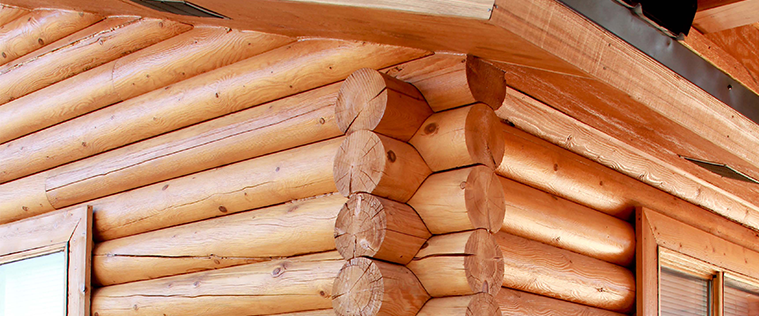
“Weatherproofing Wisdom Log Cabin Exterior Care Guide”

Protecting Your Log Cabin: A Weatherproofing Wisdom Guide
Understanding the Importance of Weatherproofing
Your log cabin is more than just a shelter; it’s a sanctuary amidst nature’s elements. However, to ensure its longevity and resilience, weatherproofing is paramount. By understanding the significance of weatherproofing, you can safeguard your cabin against the harshest of weather conditions.
Assessing Your Cabin’s Exterior
Before embarking on any weatherproofing endeavors, it’s crucial to assess the current state of your cabin’s exterior. Check for signs of wear, such as cracks, gaps, or areas of deterioration. This initial inspection will serve as a roadmap for your weatherproofing efforts.
Sealing Cracks and Gaps
One of the most vulnerable aspects of a log cabin’s exterior is its susceptibility to cracks and gaps. These openings not only compromise the cabin’s insulation but also provide entry points for moisture and pests. Sealing cracks and gaps with an appropriate sealant is essential for maintaining the integrity of your cabin’s structure.
Choosing the Right Sealant
When it comes to selecting a sealant for your log cabin, quality is paramount. Opt for a sealant specifically designed for log structures, as these are formulated to withstand the unique challenges posed by wood. Consider factors such as durability, flexibility, and UV resistance to ensure long-lasting protection.
Applying Sealant Properly
Proper application of sealant is key to its effectiveness. Thoroughly clean the surfaces to be sealed, removing any dirt, debris, or old sealant. Apply the sealant evenly, ensuring complete coverage of cracks, gaps, and exposed wood surfaces. Allow adequate drying time before subjecting the sealant to weathering.
Protecting Against Moisture
Moisture is the primary adversary of log cabins, leading to rot, decay, and structural damage over time. Weatherproofing measures such as applying a water-repellent finish or installing overhangs can help deflect moisture away from the cabin’s exterior. Additionally, maintaining proper drainage around the foundation can prevent water from pooling near the structure.
Staining and Finishing
In addition to providing protection against moisture, staining and finishing products can enhance the aesthetic appeal of your log cabin. Choose a stain or finish that complements the natural beauty of the wood while providing adequate UV protection and weather resistance. Regularly reapply stain or finish as needed to maintain optimal protection.
Routine Maintenance
Weatherproofing is not a one-time endeavor but rather an ongoing commitment to the maintenance of your log cabin. Implement a routine maintenance schedule that includes inspecting for signs of damage, resealing as necessary, and performing any repairs promptly. By staying proactive, you can prolong the life of your cabin and enjoy its beauty for years to come. Read more about log cabin exterior maintenance







